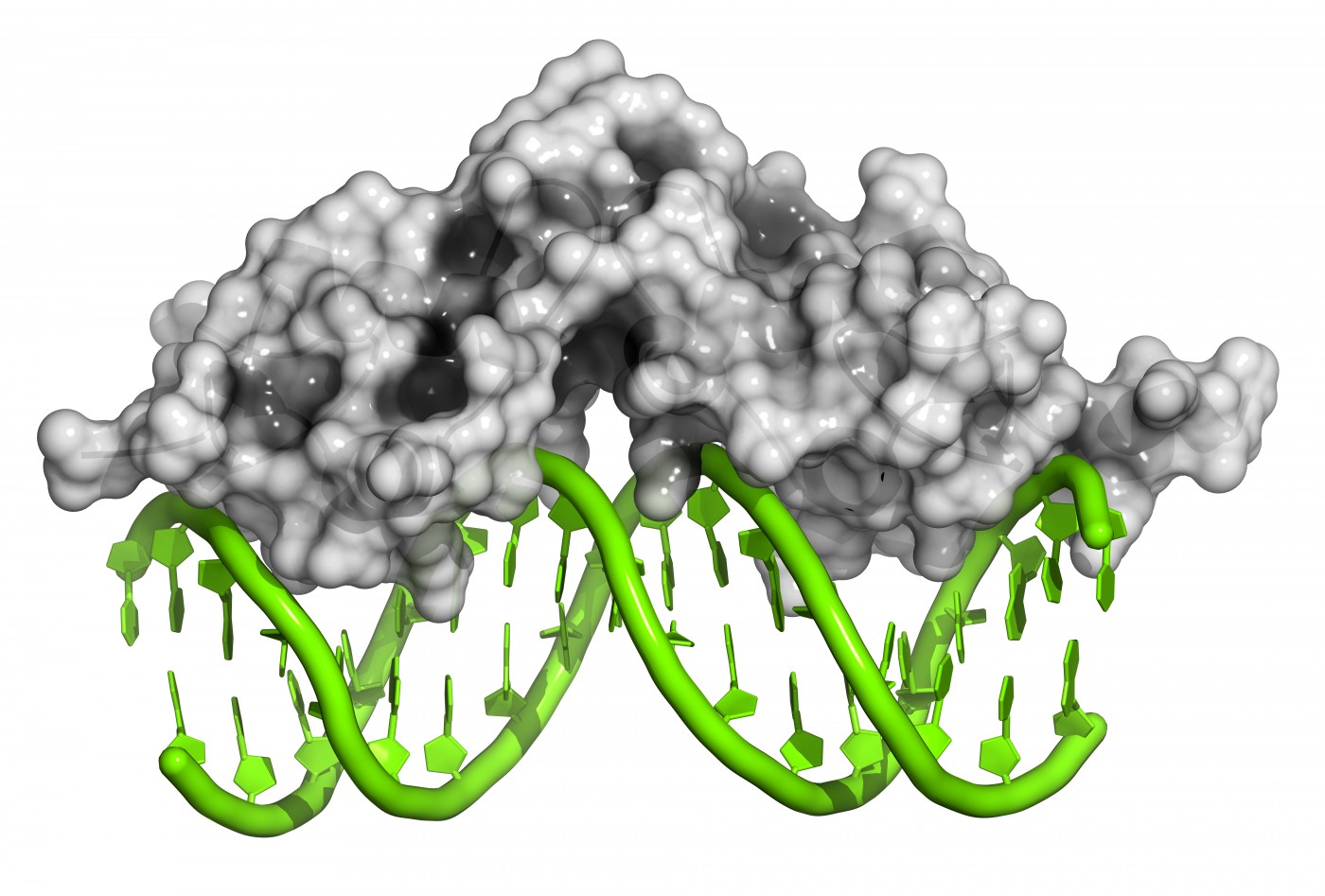‘Genome Guardian’ May Prevent Development of Friedreich’s Ataxia, Other Neurological Disorders

The loss of function of proteins associated with RNA, the transition molecule between DNA and protein, could contribute to neurological disorders such as Friedreich’s ataxia.
A team of researchers from the University of Oxford in England led by Dr. Natalia Gromak focused on one such protein called senataxin (SETX) and the role it plays as a “genome guardian” preventing the development of neurological diseases.
The review, “Senataxin: Genome Guardian at the Interface of Transcription and Neurodegeneration,” was published in the Journal of Molecular Biology.
SETX is one of the best-characterized R-loop binding proteins. R-loops are made of an RNA/DNA hybrid, which are formed during the transcription of the message contained in the DNA molecule into an RNA messenger. The message contained in the RNA molecule is then “translated” into a protein.
R-loops play a role in many cellular processes, including the regulation of the three dimensional structure of DNA that is important in determining which genes will be read in which tissues, as well as controlling the termination of transcription.
Dysregulation of the level of R-loops can lead to transcriptional defects, altered DNA structure, and genome instability. This can lead to so-called R-loop-associated diseases, which include Friedreich’s ataxia.
It is not fully understood how R-loop dysregulation occurs and how this leads to neurological disorders. However, it is thought that SETX plays a crucial role in preventing aberrant R-loop formation
Previous work has shown that mutations in the SETX protein are linked to neurodegenerative disorders such as ataxia with oculomotor apraxia type 2 (AOA2) and amyotrophic lateral sclerosis type 4 (ALS4).
According to the authors of the review, the role of SETX in R-loop resolution highlights the importance of understanding the contribution of helicases, enzymes that unwind the two DNA strands, or RNA-DNA hybrids, in this process.
This understanding may provide new directions for the design of potential drugs. “This could be achieved either by directly targeting proteins using small molecules or by introducing potent R-loop-controlling enzymes such as SETX,” wrote Matthias Groh, the first author of the review, and his colleagues.
Recent studies have already shown that R-loops can be successfully targeted using small molecules and can reverse molecular phenotypes associated with Friedreich’s ataxia.






